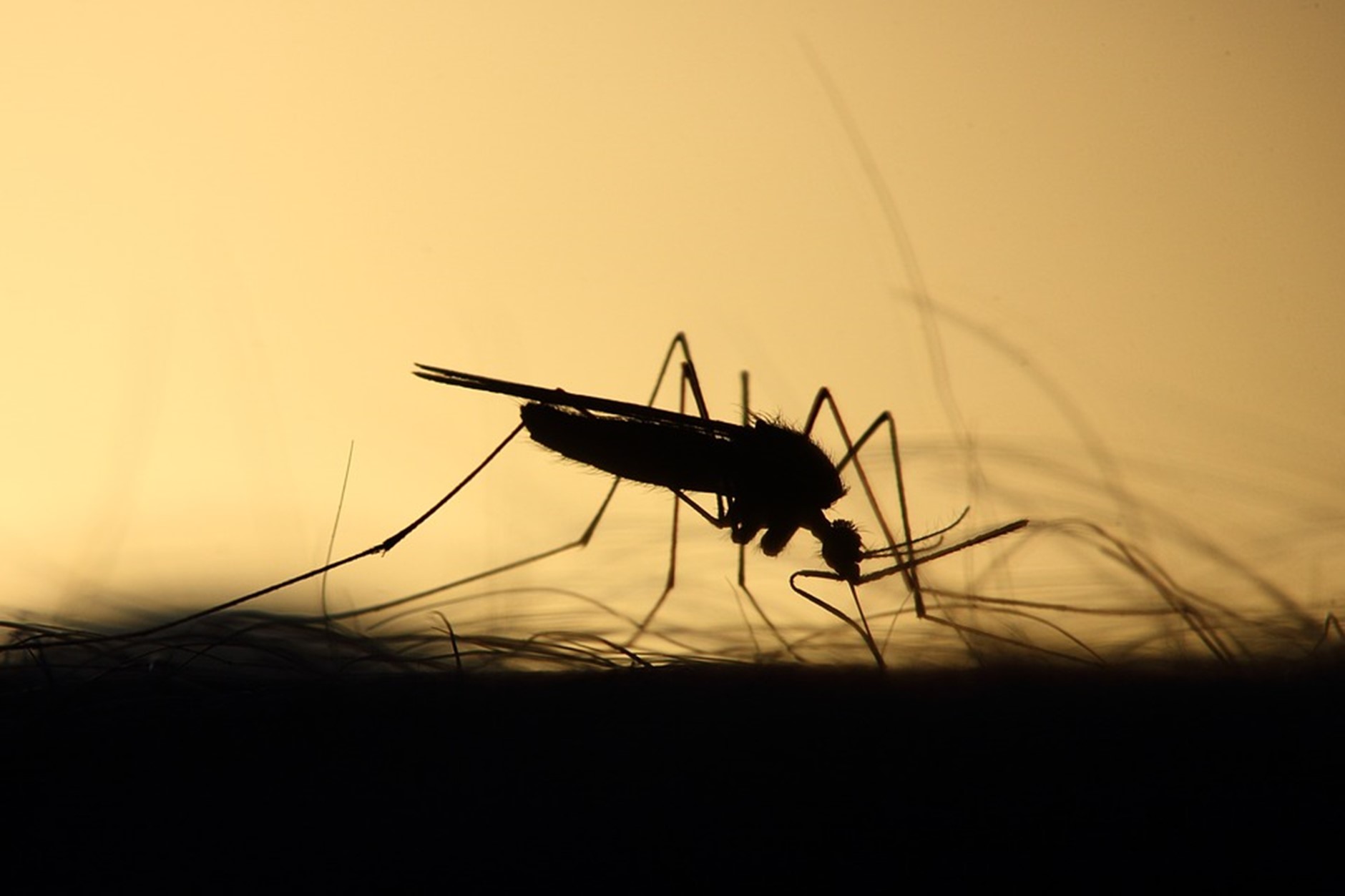A recent article by The Economist provides an overview of recent vaccine advances in the fight against malaria. Oxford scientists have developed a jab that shows 77% effectiveness and hope to apply for pre-qualification from the World Health Organization (WHO) in the fall. If it goes well, the Oxford version will be another great scientific breakthrough, complementing the RTS,S malaria vaccine that currently requires four doses and only reduces severe infections by 30%.

Vaccines are undoubtedly an important tool against malaria, but they are not enough to eliminate the disease. Insecticide-impregnated bed nets and distributing antimalarial drugs, for example, can still reach more people. However, they also have limitations. According to the 2021 World Malaria Report, 78 countries reported mosquito resistance to at least 1 of the 4 commonly-used insecticide classes in the period 2010–2019. WHO also expressed concern about the increasing drug resistance in the Greater Mekong subregion and on the African continent.
The Economist highlights gene drive technologies as one of the potential tools needed to build a strong front against malaria in the upcoming decade. According to modelers at the London School of Hygiene and Tropical Medicine, jointly using vaccines, gene editing and existing approaches – such as insecticide-treated bed nets or antimalarial drugs – could cut deaths caused by malaria by 75% in the next ten years. In other words, such novel tools could save up to 20 million lives from malaria by 2030, a number that the article estimates to equal the death toll of Covid-19 in the same time span, making a clear case for ongoing research and innovation in genetic modification for vector control.
Gene drives also featured in The Economist’s podcast on science and technology called Babbage. The episode includes an interview with Dr Federica Bernardini, Senior Postdoctoral Researcher for Target Malaria, who offers a fascinating virtual tour of the Crisanti lab at Imperial College London. There, she shares some details of the project’s ongoing research, which includes injecting mosquito embryos with a molecular component that can be integrated in their genome to render them sterile.
Read the full article on The Economist’s website.
Recent posts
